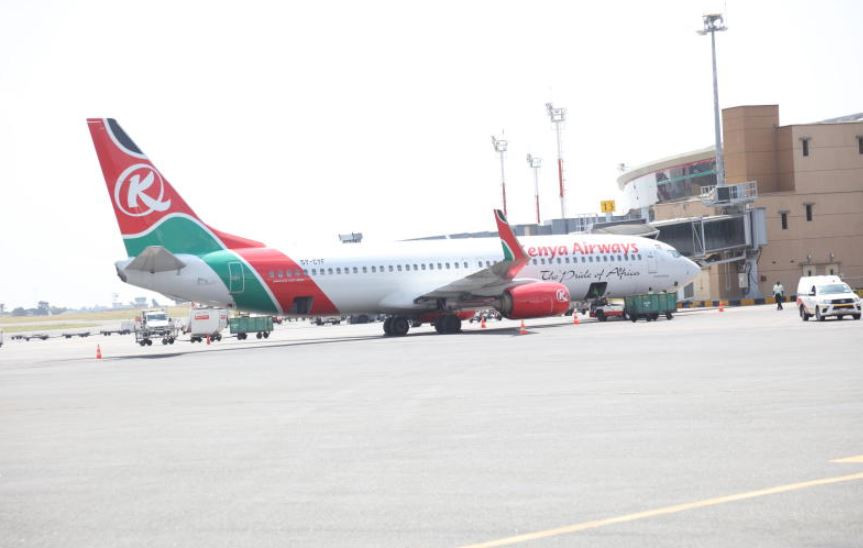×
The Standard e-Paper
Read Offline Anywhere

Over the years, Kenya has grappled with numerous cases of deadly school fires, while government-imposed safety measures for learners are frequently ignored.
The tragic fire incident at Hillside Endarasha Academy has once again underscored the urgent need for learning institutions to prioritise fire safety and security measures, especially now that schools are closing for holidays.







